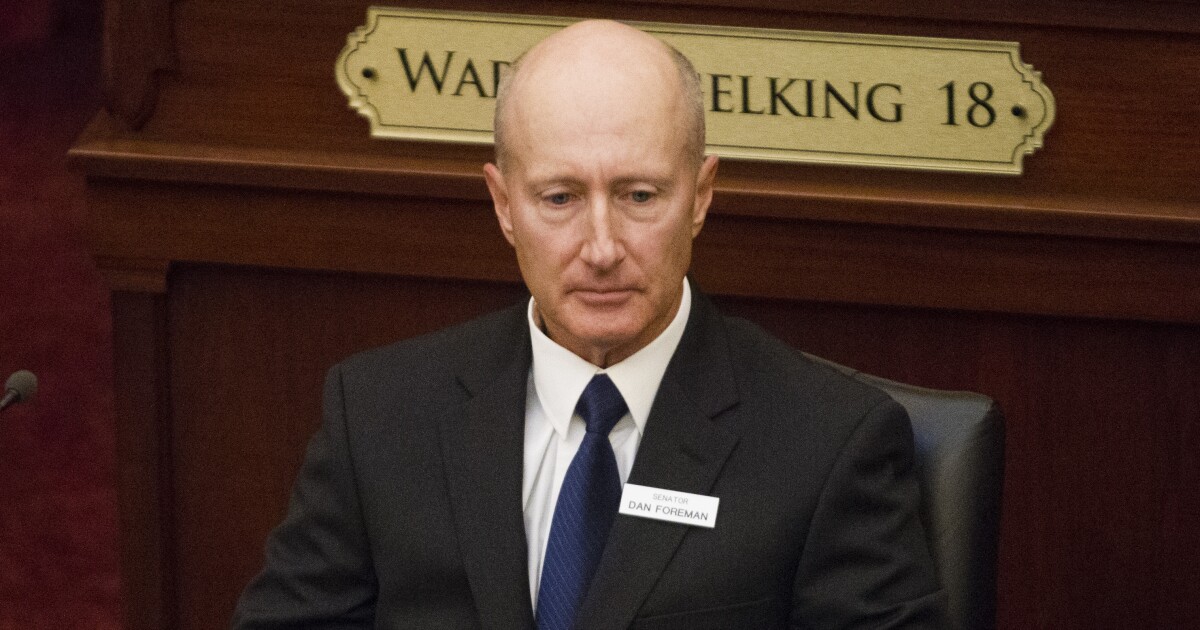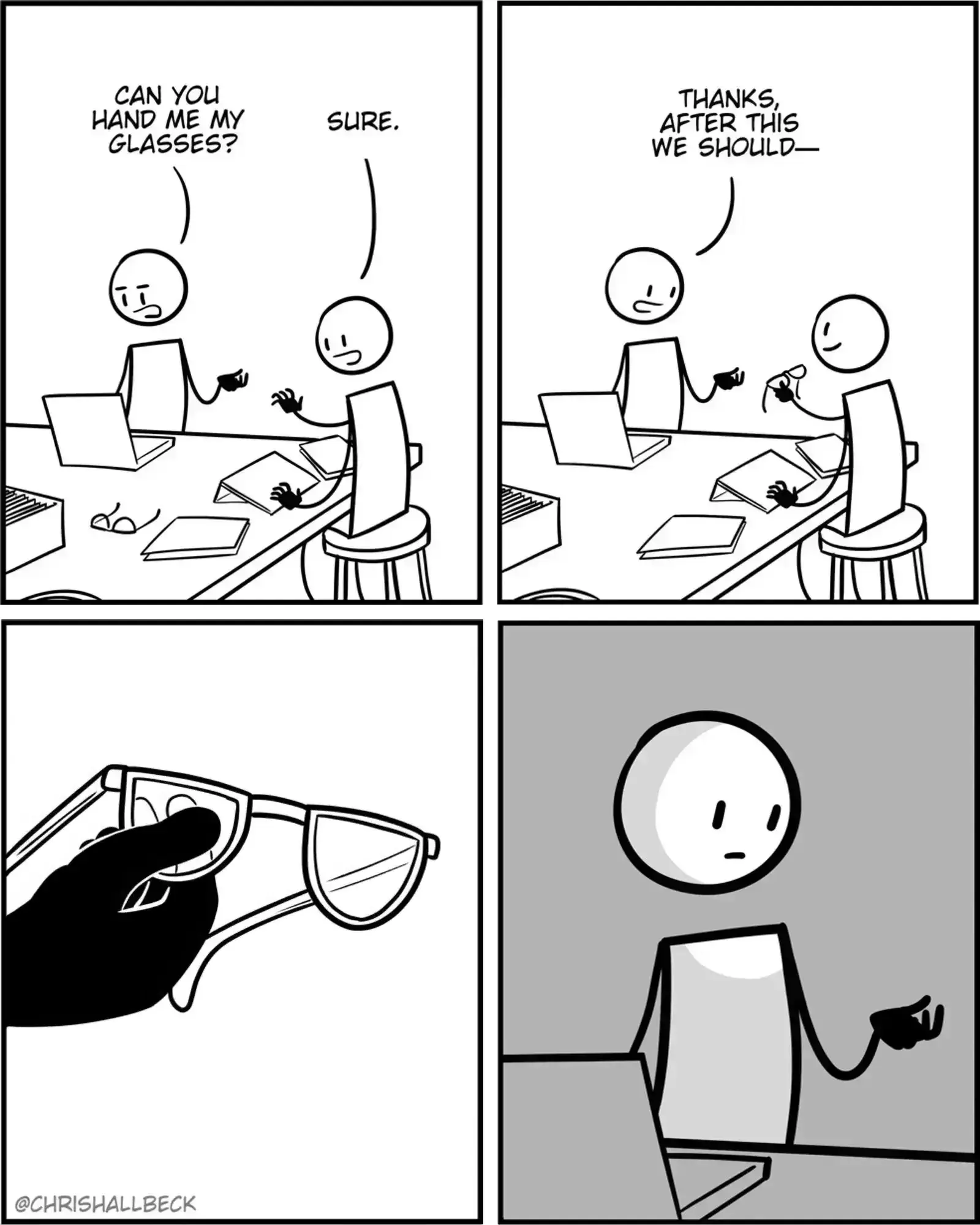Sjmarf
spoiler
Hello world
- 48 Posts
- 41 Comments

 2·17 days ago
2·17 days agoMobile apps should allow you to log into any instance. My Lemmy client won’t connect to lemmy.rip either, and fails with the following error:
The certificate for this server is invalid. You might be connecting to a server that is pretending to be “lemmy.rip”, which could put your confidential information at risk.This is also what I see when I try to connect to
lemmy.ripin the browser:
I am able to bypass this warning and see the site in the browser.
Toy = Spielzeug = Play Stuff
English has “plaything”, which is kinda similar.
https://builder.dontvacuum.me/
This website is great xD
Privacy Policy: I do not care about privacy and will try to sell, rent, lease or give away all your information (name, address, email, your pets name, etc.) to any third party (but only if they pay enough). Also I will send you unsolicited email with cute dog puppy pictures.

 25·1 month ago
25·1 month agoIt has a dark mode now (on iOS, at least. Maybe they’ve got a different codebase for Android)Edit: Scratch that. Only the login flow has dark mode.
Fucking hell man. Gave me the feels 😭

 105·2 months ago
105·2 months ago#1 and #2 are tobacco and obesity, for those wondering.

 241·5 months ago
241·5 months agoI’m glad the mob vote is gone

 2·5 months ago
2·5 months agoDoes he know the kings of England, does he quote the fights historical?

 42·7 months ago
42·7 months agoLast I heard they want to switch to another platform, and don’t consider it worth upgrading to 0.19 because they’re leaving soon so it wouldn’t be worth the hassle.
This is pure guesswork on my part, but they could be waiting for Sublinks (a Lemmy-compatible backend) to get up to speed before switching to that. They say that the new platform is “compatible with all Lemmy apps”, and Sublinks is the only project I know of that fits that criteria.
I don’t think a community for it is an unreasonable idea - at least for now, many AI images are easily identifiable by defects / lack of reasoning in the image. Though there isn’t a good computer program that can do this, I agree.

 4·7 months ago
4·7 months agoThe community is a copy of the subreddit r/whitepeopletwitter, which is a spin-off of r/blackpeopletwitter. It’s not meant for exclusively white-person tweets - rather, it’s just meant to be a funny name to those who are aware of r/blackpeopletwitter. The omission of “white” in the display name is probably to reflect that they accept tweets from people of any ethnicity.
Made one! [email protected]
A common “reason” for why student loans shouldn’t be paid off by the government is that it would be unfair to everyone who has already paid off their student loans.






















Yes. It’s $6.99/mo for access to a load of games with no ads or IAPs. Half of the games on there are only available on Apple Arcade, the others are editions of regular App Store games but with no ads and all the IAPs already unlocked.
It kinda sucks that Apple gatekeeps certain games behind the subscription though… I wanted to play Mini Motorways on mobile, but it’s only available through Apple Arcade. For comparison Mini Metro is a OTP of $5 iirc.